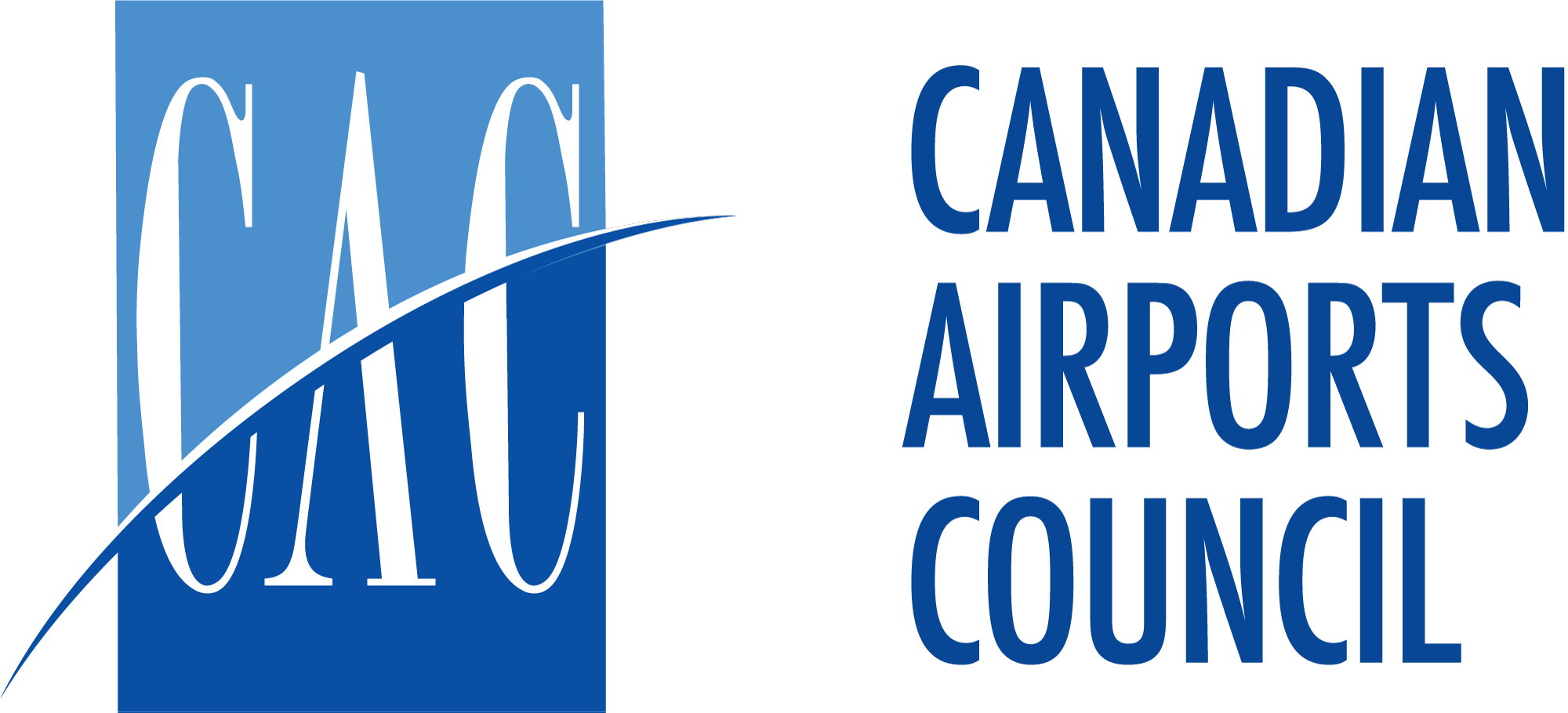Joyce Carter, President and CEO, Halifax International Airport Authority and Chair of the Canadian Airports Council
David McKenna, President, Banff Jasper Collection by Pursuit and Chair of the Tourism Industry Association of Canada,
This article was first published in National Newswatch on June 12, 2020
In 2019, Canadian airports welcomed 160 million passengers – over four times our population — supporting a tourism industry that generated more than $102 billion that same year.
But this was before COVID-19. With the months-long shut down of travel, we estimate that airports stand to lose as much as $2.2 billion in revenues in 2020.
The good news is that every indicator we monitor shows that Canadian travel will resume – eventually. But, “eventually” is not going to help the 1.8 million workers –200,000 of them at airports — whose livelihoods depend on tourism.
The newly formed Canadian Tourism Roundtable is bringing the urgency of the situation to the public eye, beginning with an open letter to the prime minister, published in major newspapers on June 11 and signed by 118 travel and tourism enterprises, including 18 airports. The Roundtable also sent letters to all Premiers this week asking for dialogue and collaboration on reopening the visitor economy.
The Roundtable is a coalition of industry representatives committed to restoring the Canadian tourism and travel sector in the wake of the COVID-19 pandemic. The Roundtable is calling on all levels of government to work together to streamline and clarify rules around travel in order to ensure safe, accessible and timely travel for Canadians this summer.
To reinforce the Roundtable’s message: in order to save thousands of jobs and get Canadians moving again, we urgently need government leadership to rebuild the public’s confidence in air travel with the adoption of national health screening standards – one set of rules to ensure that passengers know what to expect and are certain that their health and safety are being protected at every stage of their journey.
We need to start immediately. Although international travel is still restricted, domestic travel – at least within one’s home province – is not. To encourage “back yard” vacations, the federal government recently announced that it is investing $30 million to promote provincial and territorial tourism. But people are not likely to travel if they don’t feel safe. Health measures need to be in place in time to promote summer travel – or it’s tourism marketing money wasted.
The global aviation community, with Canada’s involvement, has already acted. The International Civil Aviation Organization (ICAO), through the Council Aviation Recovery Task Force (CART), has partnered with its member states, international and regional organizations, industry and public health to provide guidance on a uniform approach for passengers.
These globally harmonized measures are “compatible with safety and security requirements; proportionate to the improvement of public health; flexible where possible to allow for a viable economic recovery; and, safeguarded not to distort markets.”
Industry has already taken steps to introduce the measures solely within their authority to implement, such as mandatory masks, improved cleaning and hygiene, touchless processes, and more. Government must partner with industry on the balance of the ICAO recommendations and move swiftly to provide guidance on temperature checks and the use of technologies like biometrics and touchless technologies for security screening and border crossing.
As provinces and territories have jurisdiction over travel and health matters, Canada is at risk of developing a patchwork of rules and procedures that differ from province to province or airport to airport and airline to airline. We feel strongly this is undermining people’s confidence in the system, creating competitive distortions in the market and building uncertainty and a hesitancy to travel.
Collaboration with government agencies and regulators is an essential step, but only part of the solution. We need political will and action at the highest level to effect real change across the country.
There is no question that the Canadian government understands what is at stake. Public statements from both the prime minister and the minister of Transport demonstrate that they are aware of how severely the aviation sector has been affected by COVID-19. They have shown support with certain measures, such as short-term rent relief for 22 airports, delaying implementation of some new regulations and enabling most airports to access the Canada Emergency Wage Subsidy Program to help preserve jobs.
As positive as these actions are, they simply are not enough. For our recovery to be successful, the federal government must take a leadership role to immediately establish clear health standards and protocols that are aligned with global rules and procedures to restore passenger confidence and certainty. Canada will then be able to re-open travel corridors with other cities and countries where compatible health measures and conditions allow, and begin to rebuild one of our nation’s most valuable and celebrated industries.

